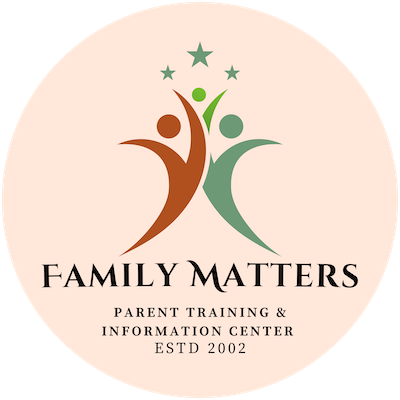
I hope you are all enjoying this month of October and getting out to see the fall colors before winter comes!
I have been busy this month being a standardized patient in the nursing simulation lab at UIC. As I might have mentioned before, I am involved with a pilot program that has actors with disabilities playing patients with disabilities so the medical/healthcare students can learn to work with people with disabilities. This month, I have been very involved in that project.
This month is also Down Syndrome Awareness Month!
The United States just celebrated the 40th anniversary of the Rehabilitation Act. I watched a two-part series about the Act, and I learned more information about the disability rights movement. It was so interesting! A lot of the original advocates who were at Crip Camp talked about their advocacy journey.
The Rehabilitation Act of 1973 is a federal law prohibiting discrimination against people with disabilities by federal agencies, federal contractors, or programs receiving federal funds. It also provided grants to states for vocational rehabilitation services, supported employment, independent living, and client assistance
Section 504 of the Rehabilitation Act is about civil rights and equal access. It created and extended civil rights to people with disabilities, and provided opportunities for children and adults with disabilities in education, employment, and other settings with accommodations.
This paved the way for the 1975 PL 94-142 – The Education for All Handicapped Children Act (IDEA). Legislation that followed included the ADA 1990, The Olmstead Decision, and the Ligas Consent Decree, just to name a few.
The Rehabilitation Act is 40 years old, and I am a person with a disability called Down Syndrome who is 37 years old. I am a part of this historic journey. Every part of this impacted my life.
I was born 11 years after the PL 9412 that said all children should be educated with a free and appropriate Public Education (FAPE) in the LEAST RESTRICTIVE ENVIRONMENT. That law changed my whole life!
My mom’s cousin was born with Down Syndrome in 1962. She went directly to a state institution from the hospital and lived there for her whole life. No family members ever met her. That is the story of many people with Down Syndrome not long before I was born.
However, when I was born, I went home to live in my community. The Law changed that for me and others.
Because of the Law, my family was able to advocate for me to be the first person included in my school and one of the first in Illinois. If they had not advocate for me and if they did not have the LRE law behind them, I would have been in a completely self-contained segregated classroom, possibly at a different school or district. I would have had no access to the general curriculum and school activities. I went on to be one of the first fully included students to graduate from High School, and I have lived a full inclusive life. I am terrified when I think about what my life would have been like if I hadn’t been included and if I had been born 11 years earlier. The Olmstead decision clarified LRE even more when it said that people with disabilities should be able to live and be educated in the most integrated setting.
Most people I know with disabilities, like I have, did not have an inclusive education even when they had the LRE law to support them. Many people with disabilities are under-educated and under-employed. Illinois still has state institutions (more than almost every state in the country) where people with disabilities live in the most segregated and restrictive environment possible.
When I was 18, students with disabilities could not even walk across the stage at graduation because they would lose their opportunity to receive transition services. A friend of mine with Down Syndrome, who was included just like me, had a big advocacy campaign, and a law was passed to let students with disabilities walk or roll across the stage at graduation. It is called the Brittany Booth Bill. I was part of that advocacy along with many other people in the community.
I have learned so much about the amazing advocacy work in the last 40 years that including the Rehabilitation Act, Public Law 94142, The ADA, Olmsted, Ligas, and more.
All of these public laws have opened doors for me to be included in my school, at UIC, in my place of worship, and in my work. I am so grateful for all the advocates who came before me and made my life opportunities possible. I think of Judy Human, who was instrumental in disability rights legislation, and all the champions like her.
We still have a LONG way to go to live out the intent of the laws. I have been given a clear voice so I can advocate for others who are marginalized and segregated due to their disability. We have not followed the Laws, and we have to hold people and organizations accountable when they fail to help people live in the most integrated setting.
Bridget Brown
Self- Advocate
